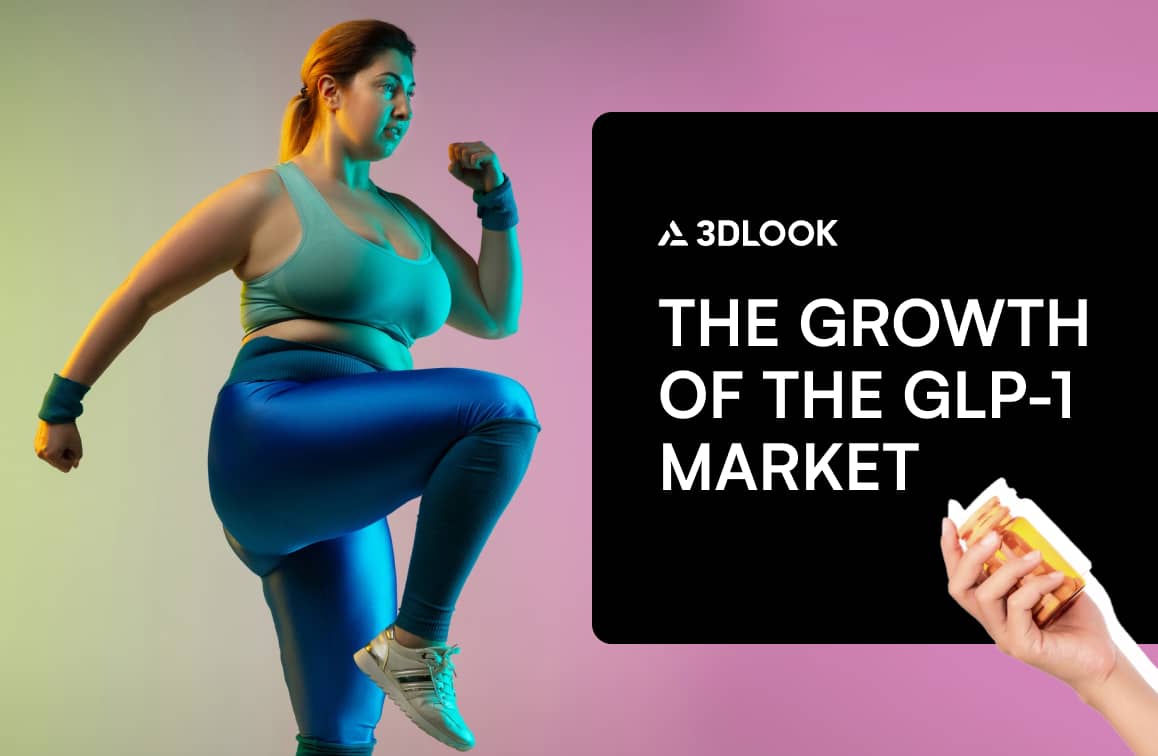After a disruption brought by the pandemic, the fashion industry has slowly got back on its feet. Thanks to social media and its ever-evolving trends, more brands have emerged and are still turning up in the digital space. Many entrepreneurs are wondering if it’s still worth taking a risk in eCommerce because of many challenges, but experts say the market has never been ready.
Discover what makes a clothing brand successful and how you can scale your own fashion business with the help of technology and other digital strategies.
Many people prefer to shop online than visit malls and boutiques, even if the market has gone back to normal once the COVID-19 pandemic ended. This shift is traceable to the convenience digital shopping offers to its patrons. With the rise of digital channels in the fashion market and the growing number of clothing brands, what new challenges will fashion entrepreneurs face?
The biggest challenges of growing a clothing business
Today, the fashion industry is one of the most fickle industries, especially in an economic crisis. Even when at the forefront of innovation, many clothing businesses are expected to face several threats, but not without overcoming them.
1. High competition
Staying competitive in the fashion industry has never been more crucial, especially with online platforms like Instagram, TikTok, and Shopify. In 2022 alone, eCommerce apparel grew by 13.8%. The competition is fiercer than ever for entrepreneurs, designers, manufacturers, marketing teams, etc. Smaller, lesser-known brands are gaining the upper hand because consumers now desire to own unique pieces, giving them that air of exclusivity. For example, brands like Riley Studio thrive with their gender-free wardrobe pieces made from recycled and organic materials. Their brand identity and sustainability efforts target a niche market with the same values.
These small, independent competitors push fashion companies to get more creative. Whether with their marketing strategies or brand loyalty, the game is set for all competitors, big and small.
In a study by Common Thread Co., fashion eCommerce’s 7.81% compounded annual growth will put the industry at over $1.0 trillion by 2025.
2. Changing desires of younger consumers
Consumers on the younger spectrum have embraced social commerce because of its sheer functionality and seamless shopping experience, from browsing to checkout. Kibo’s study shows that fashion eCommerce is more enticing than ever, with 28% of Gen Z shoppers and 24% of millennials saying they will likely shop online more than they did pre-pandemic. People are starting to put convenience above everything else, and brands should note this. Clothing businesses should elevate user comfort, personalized in-app purchases, and other innovations like virtual try-on and live-streaming.

3. Lack of inclusivity and diversity in team hiring and marketing
In a study by McKinsey, diversity in the workforce leads to outperformance. For example, companies with more than 30% women executives were more likely to outperform those with fewer women executives. Diversity and inclusivity in gender, race, culture, and more open more opportunities for people in every industry, including fashion. In a survey conducted by Google and The Female Quotient, 64% of respondents took action (whether visiting the website or purchasing a product) after seeing a diverse or inclusive ad. “These ads enhance brand perception, increase brand effectiveness, and significantly lift purchase intent and loyalty,” said Carlos Santiago, co-founder of Alliance for Inclusive and Multicultural Marketing.
So, when growing your fashion business, it’s important to draw on the best practices done by diverse companies and start taking bolder steps.
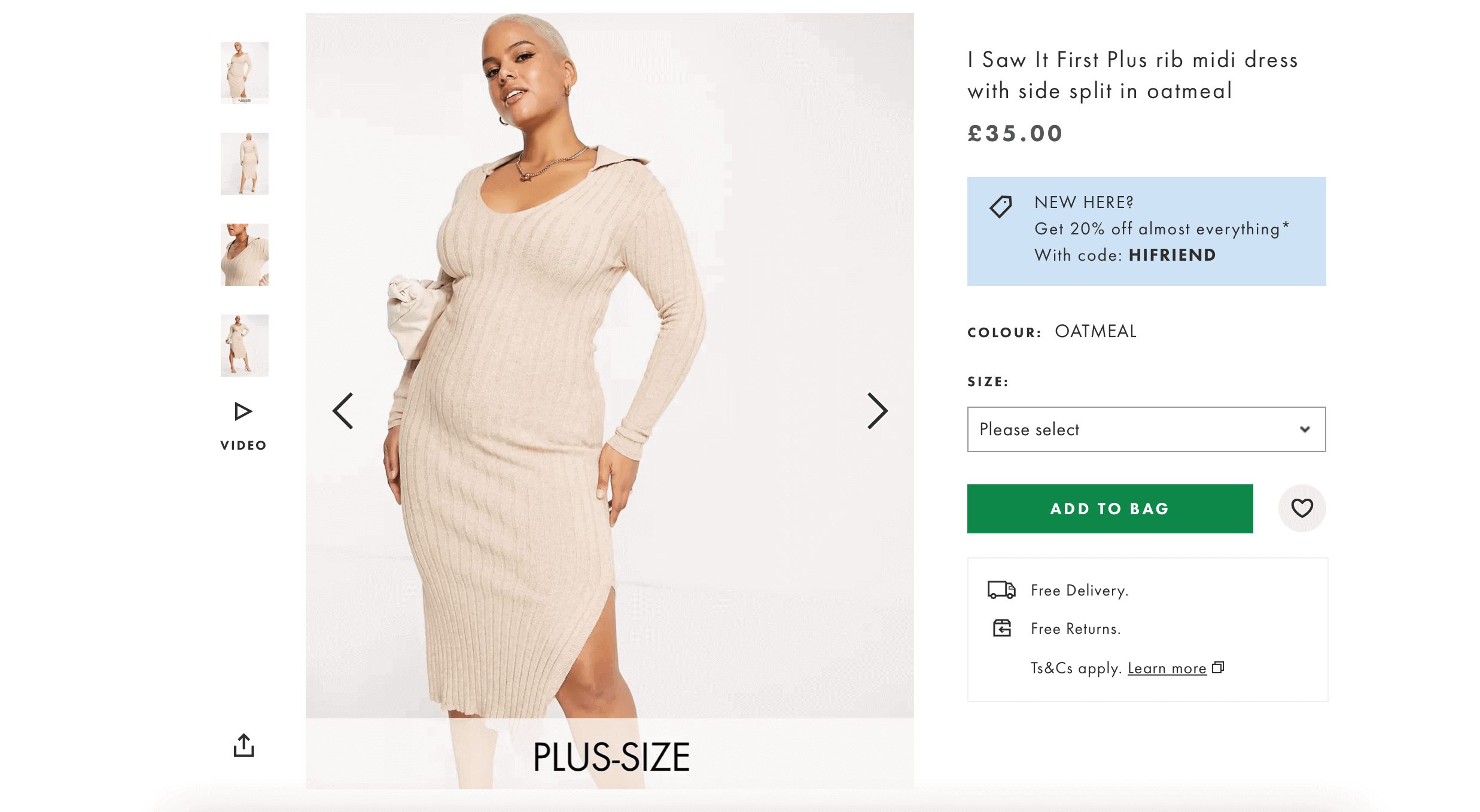
4. The sustainability gap
Fashion ranks fourth in the world’s most polluting industries, next to agriculture. Currently, it produces 10% of global emissions, and by 2050, it could take up at least a quarter of the world’s carbon budget. With these numbers in mind, businesses must turn to sustainable processes and materials that are recyclable and ethically sourced. Reformation, a Los Angeles-based brand, is 100% water-, carbon-, and waste-neutral. They aim to become Climate Positive by 2025 by investing in renewable energy directly in their supply chain. Discover best practices to make your fashion brand more sustainable here.
5. The never-ending cycle of returns
Sizing issues contribute to the spike of returns of purchased goods. Businesses must take action to reverse this trend by analyzing consumer behavior and product impressions to uncover more patterns that impact return rates. More often than now, retailers will find product clarity as to the primary issue, with up to 70% of returns due to poor fit or style. Brands should invest in hiring a team that can exclusively work on this to continue developments alongside rising demands and invest in technology providers like 3DLOOK, whose solutions help fashion brands and retailers fight massive increases in return rates—detrimental to the bottom line and sustainability efforts driven by a digital generation. Lastly, isn’t it time that companies end the “one size fits all” narrative? If you are learning how to scale an apparel business, this is a mighty place to start.
Request a demoTop Strategies to Scale Your Clothing Business
Laying down the foundations of your clothing business might be intimidating, but it opens doors to opportunities and strategies that you can utilize to generate more revenue. Once you’ve decided to start your eCommerce brand, it’s time to reassess your objectives to reach significant growth and learn how to grow an online clothing business.
1. Create a clear and unique brand identity
A good understanding of your target markets, competitors, and long-term goals ensures that you already have a solid foundation for your business. This means you also have a business model for your clothing line you want to follow, whether it’s a custom cut-and-sew, dropshipping, or private label. Scaling your brand’s potential entails a lot of groundwork, so having these points finalized allows you to visualize success earlier.
This is where you also establish your company’s mission and values. Mission-driven companies inspire and engage employees, leading to better work experience and job satisfaction. Your objectives must reflect a commitment to community growth and service locally and globally. Mission statements build trust. And where there’s trust, success follows suit.
Are you committing to sustainably produced clothes? Will you be supporting fair trade? Narrow down your mission and vision and discuss how you want your brand to impact the industry positively, and how to promote your clothing brand.
2. Build a strong online visibility
The quickest answer to the constant question “how to grow my clothing business online?” is investing in an online presence. It’s the surefire way to connect with a global audience and raise awareness. Through websites, social media channels, and digital marketing, your brand can transcend borders and time zones.
Strategically using search engine optimization (SEO) techniques, fashion brands can ensure their online content ranks prominently in search engine results pages (SERPs), increasing the likelihood of being discovered by users seeking relevant products or information. This also includes excellent imagery. Buyers use images to influence their purchasing decisions, especially when it comes to clothing. Take a look at G-star Raw, a Dutch denim brand that leveraged its visual power on detailed and people-centric photography.
Moreover, active engagement on social media platforms enables you to cultivate a loyal following, further enhancing brand recognition and recall.
Best practices in successfully developing online visibility include:
- Understanding your target audience and their preferences;
- Crafting a buyer persona – take into account factors such as age, gender, location, interests, lifestyle, and purchasing patterns;
- Nurturing an online community – customers expect meaningful dialogue with their preferred brands, and cultivating a community allows you to fulfill this expectation.
Through community building, you can cultivate a sense of belonging and participation in a broader movement among your audience.
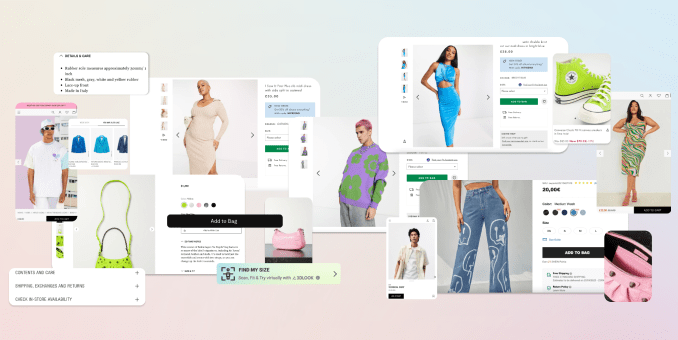
3. Make the most of social media
Your marketing plan for your clothing brand should also include social media marketing tactics, and learning essential ways how to get your clothing brand out there.
These tactics include:
- Influencer marketing – one of the most popular methods of social media marketing. It involves working with an influencer (or a celebrity in some cases) with a following that connects with and relates to your target audiences to market your product.
- Paid social media advertising – promote content to new target audiences. It can be used to boost a brand’s organic content or create adaptable adverts that can target new customers who are searching for keywords and products similar to yours.
- Content marketing – blogs, infographics, newsletters, webinars, and social media posts.
- User-Generated Content – this can come in many forms, including review videos, photo posts, testimonials, and podcasts.
- Social media contests and giveaways – particularly suitable when promoting new products or events.
For example, if you’re a fashion entrepreneur targeting millennials, you may want to focus on platforms like Instagram and TikTok, where this demographic is most active.
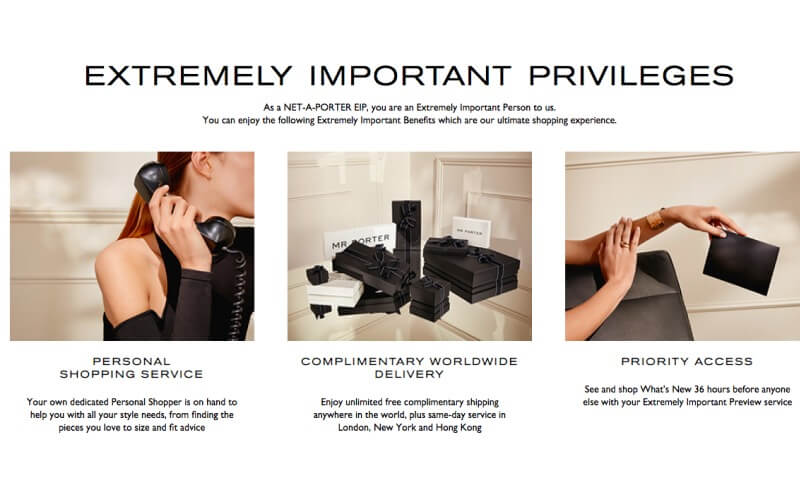
4. Integrate omnichannels, including ecommerce platforms
Omnichannel integration revolves around creating a seamless shopping experience across various channels, including physical stores, online platforms, mobile apps, and social media. It blurs the lines between offline and online retail, allowing customers to interact with the brand effortlessly regardless of the channel they choose. In the United States alone, fashion contributes to 23% of total online retail sales. Purchasing clothes and apparel online has become standard practice.
Fashion retailers lacking Buy Online Ship to Store (BOSS) and Buy Online Pick up in Store (BOPIS) options are essentially encouraging customers to abandon their carts in favor of faster, more convenient shopping alternatives.
Instead, implementing a seamless order fulfillment process and offering multiple channels for shopping interchangeably enhances customer convenience and encourages repeat purchases.
Fashion brands can leverage the strengths of each channel to deliver a cohesive and personalized shopping journey. Whether a customer prefers browsing in-store, making purchases online, or engaging with the brand on social media, omnichannel integration ensures consistency and convenience at every touchpoint.
In another study by McKinsey, tailoring product suggestions and making your eCommerce site fun to shop and browse are two top levers that can scale your clothing business. For example, The Outnet, a site that sells designer brands (similar to Net-a-Porter but with better prices), has a “Wear It With” feature on each product page that recommends the best items to go with what the customer is planning to buy. Another example is Asos, with its “Buy the Look” feature on each product page that entices the buyer to browse more items. This personalized user experience entices one to consider buying more items because they’re given ‘tips’ on how to style the product.
Of course, it depends on your product and target market. For instance, online marketplaces like Vestiaire Collective, Vinted, and Shopify are excellent avenues for fashion brands to sell vintage clothes, limited edition collections, collaboration projects, etc.
AllSaints exemplifies how integrating a visually appealing and user-friendly app into an omnichannel strategy can yield substantial benefits. Since its launch in March 2023, the app has garnered over 75,000 downloads, contributing significantly to the brand’s overall ecommerce revenue.
Zara’s innovative approach to omnichannel integration blurs the lines between online and offline shopping. With features like “Click & Collect,” “Find in Store,” and virtual fitting rooms, Zara bridges the gap between its e-commerce platform and physical stores, offering customers the flexibility to shop seamlessly across channels.
Fashion retailers should continually refine numerous digital platforms, especially since according to Statista, the global social commerce market is expected to exceed $2.9 trillion by 2026.
5. Embrace inclusivity and gender diversity in sizing
In an era of conscious consumerism, authenticity reigns supreme. Today’s consumers seek more than just products; they crave connection and alignment with their values.
With each stitch and seam, the approach of integrating gender diversity and inclusive sizing in clothing and fashion designs reflects social responsibility but also taps into a broader customer base.
Sizing and inclusivity have become major factors in the purchasing behavior of consumers. Slow fashion marketplace Mive, for instance, uses on-demand manufacturing to bring ethically and sustainably made fashion to those of all shapes and sizes, while putting independent designers and their creations front and center. All Mive garments are made-to-order using body data gathered with 3DLOOK’s AI-first mobile body measuring tool. With over 80+ measurements collected, creators on Mive can tailor garments to every individual, guaranteeing inclusivity, and customer satisfaction, minimizing emissions and eliminating waste. Investing in technology could considerably push your brand to a bigger, more inclusive market.
In terms of gender diversity, many fashion brands have realized the necessity for changing the predominant narrative and image of white models who adhere to strict body standards.
One of the main brands that springs to mind in discussions of diversity is SKIMS. Established in 2019, SKIMS has made it their mission to cater to a diverse range of body types and skin tones with their shapewear offerings.
Other examples include online retailers like ASOS and Boohoo which have been addressing struggles faced by ethnic minorities in finding clothing that aligns with their religious and cultural beliefs. Thus, they’ve introduced modest clothing lines featuring opaque fabrics, longer sleeves and hemlines, and looser-fitting designs.
Yet, incorporating inclusivity and gender diversity in fashion also has economic benefits. It allows brands to differentiate themselves in a competitive market and can lead to increased customer loyalty from those who feel seen and valued by these inclusive practices.
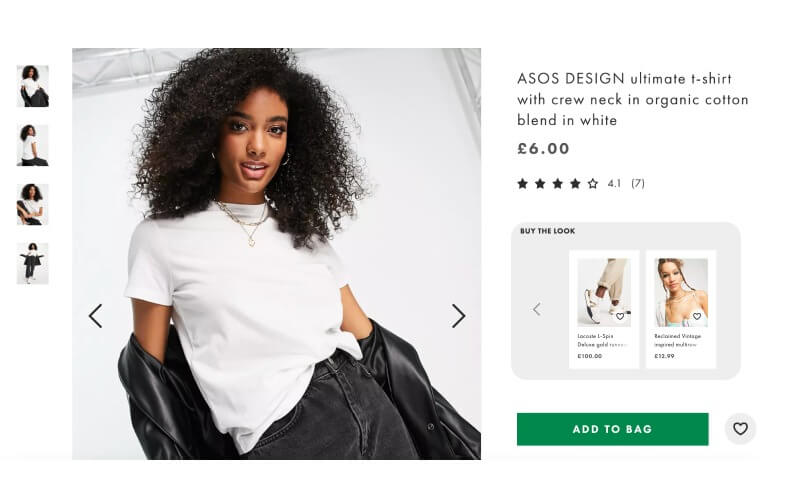
6. Increase your sustainability efforts
Today, many consumers pay attention to the environmental impacts of their clothing, especially Generation Z, where 73% prefer to buy sustainably rather than go for brand names. Sustainable items are more in demand in today’s fashion landscape than ever.
According to Euromonitor, beauty and fashion sectors are increasingly engaging with global issues like environmental preservation and ethical manufacturing. They’re doing so by championing sustainable production and corporate social responsibility (CSR) initiatives. This not only meets the demand of Generation Z for meaningful engagement but also cultivates loyal brand advocates who endorse their products with enthusiasm and integrity.
If you want to make this a part of your clothing business’ success, look for ways to produce sustainably using responsibly sourced materials and observe fair trade. Invest in research and development to determine which practices are best for your brand and learn how to start running your business sustainably.
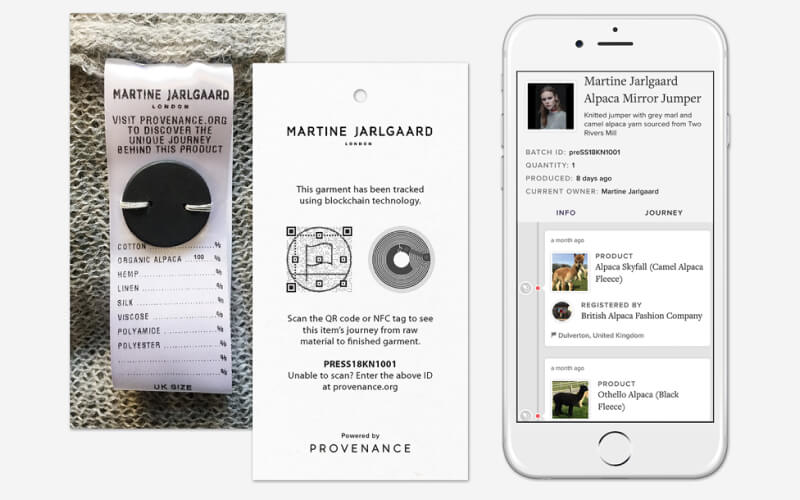
7. Keep up with latest trends and technologies in the fashion industry
Fashion eCommerce is constantly evolving, which means you need to stay abreast of the latest trends and technologies in the industry. The fashion industry has taken a considerable step toward technology in the past couple of years.
For instance, the integration of augmented reality (AR) in fashion retail is revolutionizing the way consumers experience and interact with brands. By leveraging AR technology, fashion retailers can offer virtual try-on experiences, allowing customers to visualize how garments will look and fit before making a purchase. One example is 3DLOOK’s YourFit, the first shareable omnichannel virtual fitting room that helps to reduce product returns and increase conversions and sales.
The new product changes the game for both brands and consumers by fully recreating the fitting room experience online: YourFit by 3DLOOK offers the unique combination of an engaging photorealistic virtual try-on with instant feedback on what size would fit best, powered by its patented core technology that accurately captures and instantly processes customers’ body data.
Request a demo to learn moreAI is reshaping the landscape of fashion design and personalization. Through machine learning algorithms, fashion brands can analyze vast amounts of data to identify trends, predict consumer preferences, and tailor offerings to individual customers.
If you’re wondering how to make your clothing brand stand out, one of the key strategies is the adoption of sustainable technologies. As environmental concerns become increasingly important to consumers, fashion brands are turning to eco-friendly materials and processes. Innovations like 3D printing through the use of blockchain technology and fabric recycling are revolutionizing the way clothes are made, reducing waste and energy consumption.
Look back on past and emerging trends and see how you can drive maximum customer engagement in 2024, from implementing AR and AI to providing digital solutions for sizing.
8. Develop a loyalty program
A loyalty program is more than a marketing tool; it’s a strategic asset that can drive long-term profitability. Incentivize repeat purchases by rewarding customers for their continued patronage. This will increase your customers’ lifetime value and foster a sense of belonging among them.
Whether it’s offering exclusive access to new collections, personalized styling sessions, or birthday discounts, tailoring rewards to individual customers can enhance their overall experience and strengthen brand loyalty.
For instance, Nike’s NikePlus loyalty program goes beyond rewards for purchases, offering members access to exclusive events, personalized training programs, and early product releases. By positioning itself as a partner in athletic achievement rather than merely a purveyor of products, Nike has fostered deep loyalty among its customer base.
Urban Outfitters, a prominent figure in the athletic wear industry, has established a notable precedent. Their loyalty program incentivizes customers with early access to new collections and double point days, encouraging them to shop more frequently. Customers eagerly anticipate birthday rewards, demonstrating the brand’s dedication to fostering customer retention.
Simply Be, which is part of N Brown group, has come up with an innovative program where they offer personalized rewards based on each customer’s history with the brand. These rewards prioritize customer well-being and were meticulously chosen following surveys of active customers. Some perks stem from Simply Be’s partnerships with brands in beauty, fitness, travel, entertainment, and fine dining.
Loyalty programs can go even further. Satisfied loyalty program members are more likely to become brand advocates. They can spread positive word-of-mouth and bring in new customers, effectively acting as brand ambassadors.
Final Thoughts
Despite the saturation of clothing businesses online, it’s never too late to scale your brand. But before you do, you need to lay down the groundwork for your company. The biggest challenges in today’s market are staying relevant to compete with today’s big and small players, understanding the customer’s changing needs, bringing inclusivity and diversity in your products and teams, observing eco-friendly practices, embracing technology to deliver engaging customer experiences, and grasping consumer behaviors to solve the ongoing issues of returns.
With the right strategies, you can create your space in the eComm market and have a slice of the consumer pie. Contact 3DLOOK Team to learn more about how to scale a clothing brand with innovative technology, establish a solid vision, build your online presence, and prioritize the customer’s experience.
Further reading:
How to Market a Clothing Brand: Ultimate Guide for 2024

